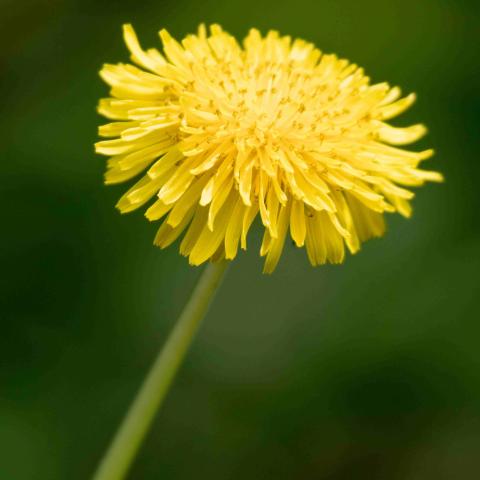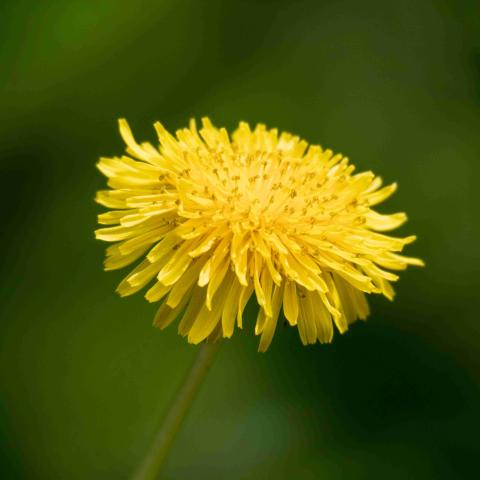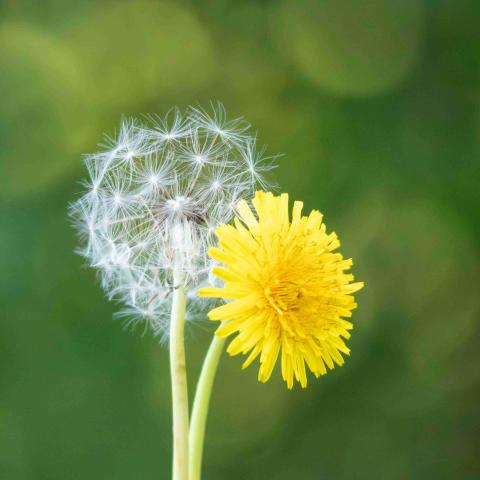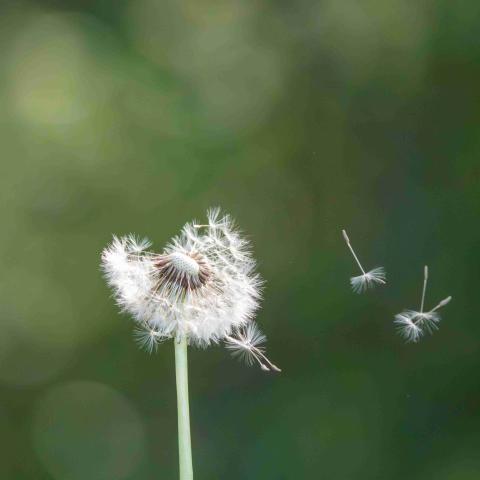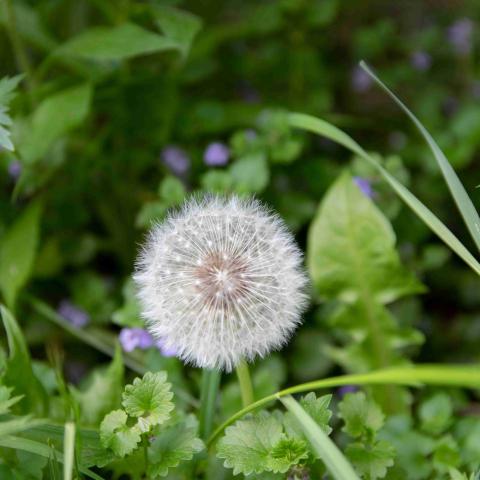Does leaving the dandelions in my lawn benefit pollinators?
Answer: Maybe
The sunny yellow flowerhead of the common dandelion is a familiar sight in New Hampshire lawns. Although long regarded as a pervasive weed, it has gained more positive attention in recent years for its potential to provide an early spring food source for generalist pollinator species. But does it?
The Movement to Support Pollinators
A popular "No Mow May" movement started in the UK to encourage people to hold off cutting their grass to let the weeds flower and provide food for insects, like bees, hoverflies, beetles, and butterflies. Dandelions certainly have some weedy traits, taking over if left unchecked, but research suggests it may not be as beneficial to pollinators as some people believe.
Not all flowers are equally good for pollinators
Researchers have found that dandelions don’t provide a particularly good quality pollen when compared to other early-flowering species. Insects mostly feed on them because dandelions are a convient source of nectar, and sometimes pollen. More nutritional native plants would be better for them.
Before you kill a dandelion, consider where it is growing
The importance of a dandelion to a pollinator depends on what other options are available. In mostly paved urban areas with low floral diversity, dandelions may be the best option for early-season insects. But in areas that have numerous and varied spring native flowers, their impact may be minimal.
While dandelions provide some nutritional benefits to spring insects, they are part of a broader ecosystem of flowering plants that collectively support pollinators. Homeowners who maintain a diverse floral landscape throughout the year provide the greatest benefits.
Dandelion Facts
-
Originated in Eurasia
-
Plants can resprout from very small taproot fragments
-
Seeds are produced asexually; no pollen needed
-
Seeds can germinate almost immediately after dispersal but can lie dormant for up to 5 years.
-
Annually, a dandelion plant can produce about 93 seed heads, each with 252 seeds
-
Roots and leaves contain allelopathic compounds that inhibit the seed germination of other plants.
-
Dandelion has medicinal and culinary benefits
Soil Requirements
Dandelion prefers moist, good-quality loam with a soil pH range as low as 4.8 but improves growth up to pH-limit of 8. In a non-turf environment, dandelion growth responds to increased P, but not to increased N
Master Gardener Tip
Suggested Related Articles and Resources

A helpful resource for landowners seeking to establish a wildlife meadow. It explains when choosing a site, consider soil conditions and sunlight exposure.Soil testing helps determine pH and organic matter content. Follow this link to read the Establishing a Wildflower Meadow from Seed fact sheet.
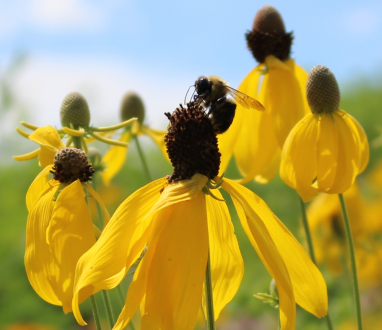
A listing of plant types for people who want to create pollinator-friendly gardens to support numerous kinds of native bees, as well as honey bees, butterflies, hummingbirds, and other pollinators. Information on perennials, annual, herbs, trees and shrubs included, as well as recommendations and seasonal planning to provide a consistent, supportive habitat. Follow this link to read "Pollinator Plants for Norther New England Gardens fact sheet.
Do you love learning about stuff like this?
SUBSCRIBE TO Granite State Gardening newsletter
Got questions? The UNH Extension Yard and Garden Infoline offers practical help finding answers for your yard and garden questions.
Call toll free at 1-877-398-4769, Monday to Friday, 9 a.m. to 2 p.m., or fill out webform.

